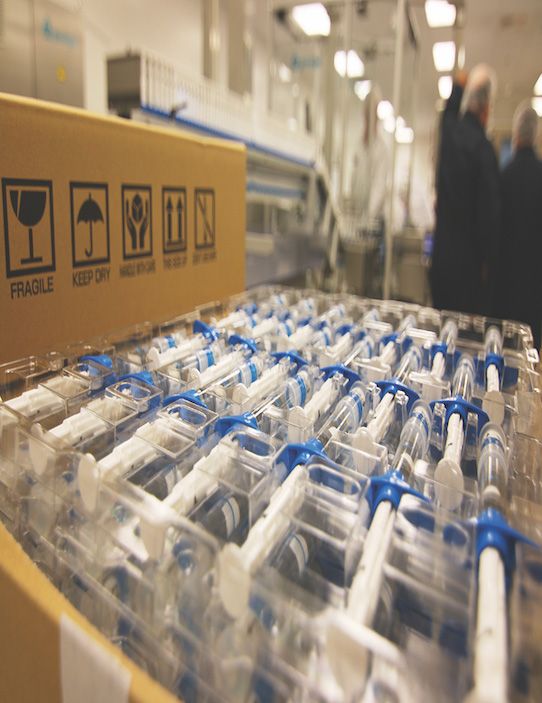The medical crisis that didn’t happen
Remember Hurricane Katrina? Remember the Louisiana Superdome, and the thousands of people looking for food and relief, and the dire issue of getting needed medicines to patients? Now, today, you didn’t hear about unmet medical needs like that as floods overwhelmed large parts of Louisiana this fall, or Hurricane Matthew piled into the North Carolina coast.
One of the reasons news like this didn’t make headlines in 2016 is because players in pharmaceutical distribution have become more organized around emergency relief. One of the key newer participants is Healthcare Ready, a nonprofit that, among other things, works with members of the Healthcare Distribution Alliance to bring in the heavy artillery (i.e., 18-wheel trucks loaded with medical supplies) into disaster areas. You would think that in an advanced industrialized society like the US, emergency relief happens as a matter of course, but the reality is that medical supplies are too often at the bottom of a long list of more immediate needs (putting out fires, rescuing stranded persons in flooded streams or from the rooftops of buildings, etc.). With the recent disasters, Emily Lord, executive director of Healthcare Ready, tells of supply trucks turned away from a flooded area because local police didn’t understand why the truck was on the road. Or that, because many local pharmacists are dealing with personal crises of their own, a special effort had to be made for permission from a state board of pharmacy to allow pharmacists licensed in a neighboring state to pitch in to the relief effort.
To be sure, there are many governmental and private agencies ranging from FEMA to the American Red Cross that have expertise in disaster relief. But, to the extent that the pharmaceutical supply chain is different from supply chains for, say, food, building materials and other essentials of modern life (and we would contend that these differences are critically important), there needs to be dedicated resources for medicinal products relief. This coordination has involved active support from manufacturers, distributors and retail pharmacies (both chain and independent) as well.
If anything, the needs for international medical relief are even more dire than the domestic needs. As this issue was going to press, the AmerisourceBergen Foundation announced a grant to Partners in Health, an international charity, to build a modern healthcare-supply facility in Haiti—needed in the aftermath of Hurricane Matthew, but also necessary for upgrading medical services in that country. In past issues of Pharmaceutical Commerce, we’ve reported on emergency relief efforts following the Ebola virus outbreak, earthquakes in South America and more. Pharma companies themselves have been active supporters, using the international relief agencies to send donated supplies, almost as a matter of routine.
Back in the US, a not-widely-noticed recent mandate from CMS will require a multitude of healthcare providers (hospitals, clinics, long-term care and others) to have emergency management plans in place by November 2017 to continue to be qualified as Medicare facilities. Organizing their plans for medical supply continuity will be a big issue for them in the coming year. Healthcare Ready’s Lord expects many phone calls—and some of those queries will be coming to pharma distributors as well.

Strategic Trends in Pharmaceutical Manufacturing for Industry Leaders
March 10th 2025This link in the pharma supply chain is undergoing a major transformation propelled by technological advancements, regulatory changes, and evolving market dynamics, requiring industry leaders to adopt innovative strategies in order to remain competitive.
The Digital Transformation Reshaping Hospitals and Medication Management
January 20th 2025Despite challenges surrounding communication overload, drug shortages, and cybersecurity risks, this term is revolutionizing medication management and patient care through the use artificial intelligence and predictive forecasting.